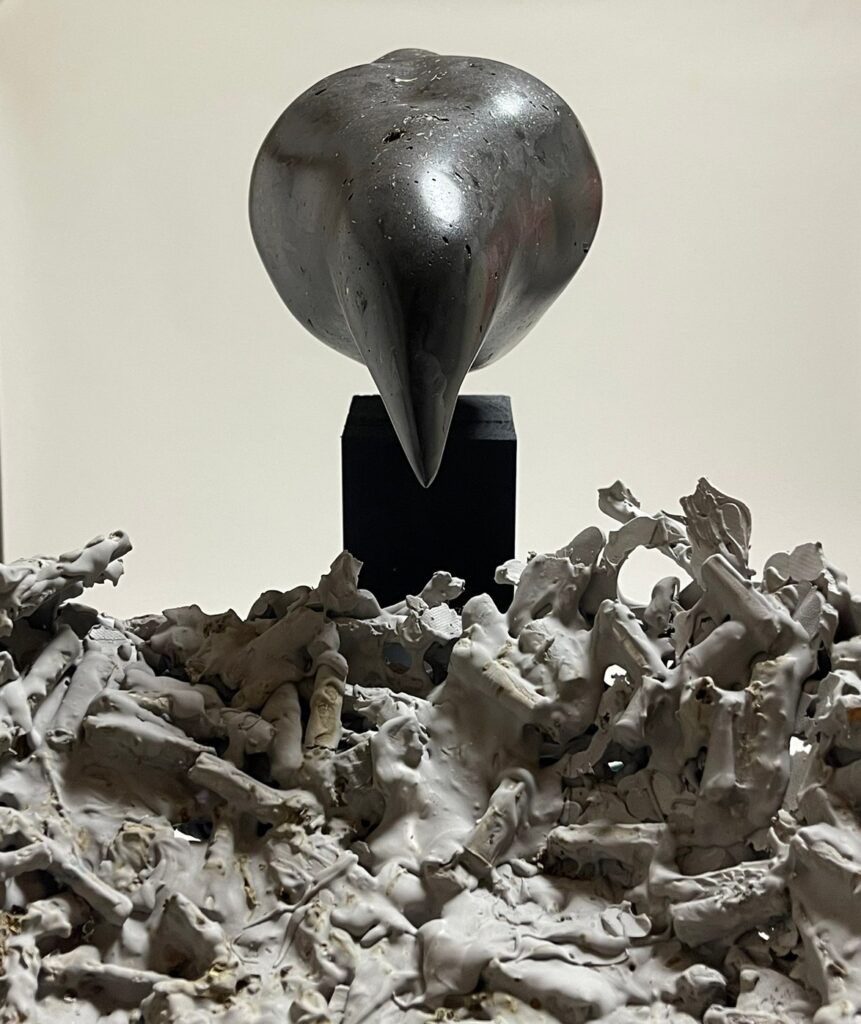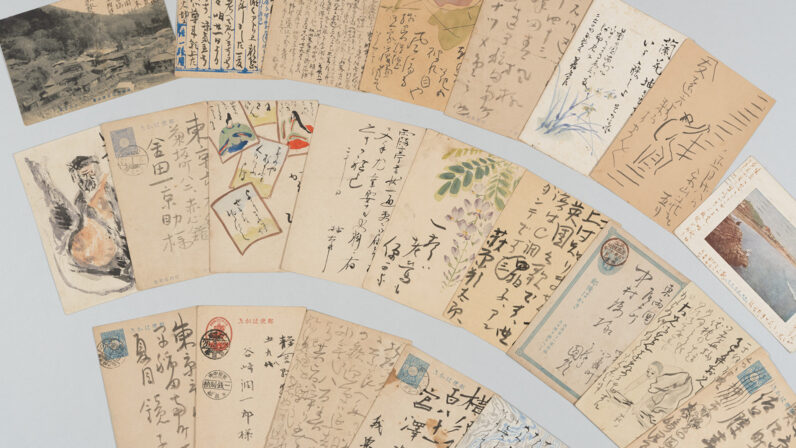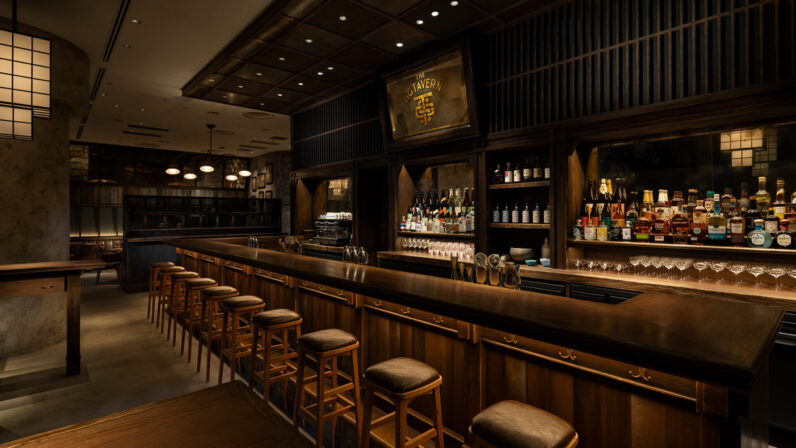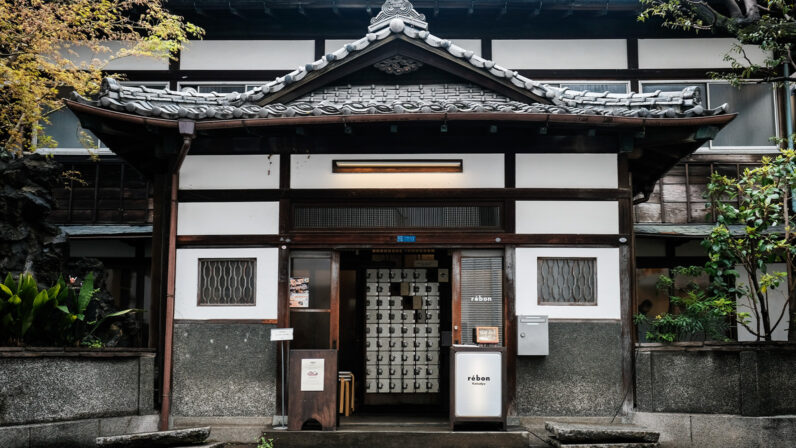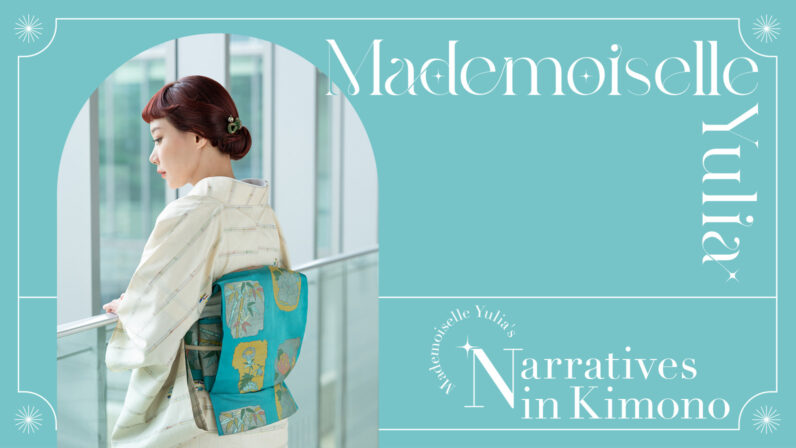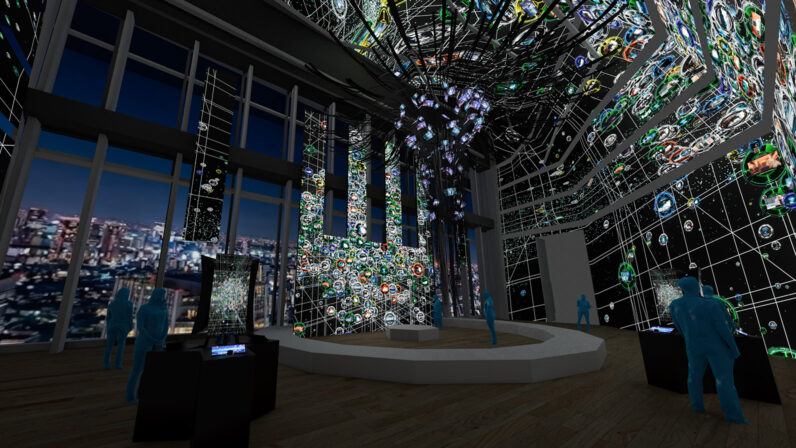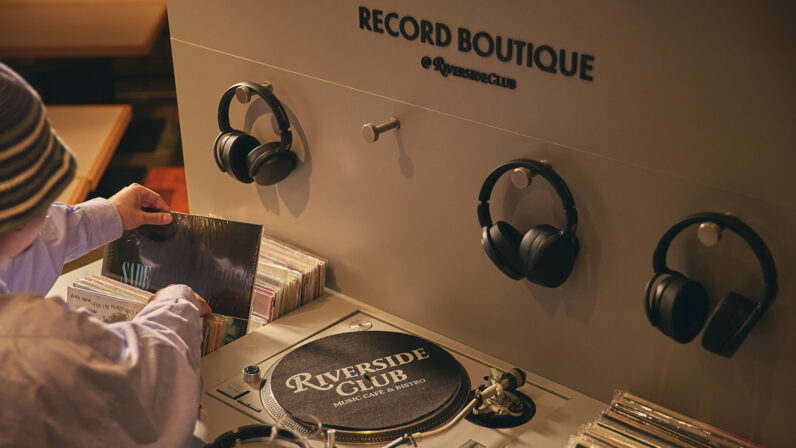From August 16 to 22, a solo exhibition by sculptor Yamada Isana entitled ‘Yamada Isana: Tsukumogami Revived in Modern Times’ will be held at Isetan Shinjuku Store at the art gallery on the sixth floor of the main building.
On a sunny day in August, the ZEROMILE editorial team visited Yamada in his atelier, where he was busy creating works for the exhibition.
The concept of an artifact spirit, or ‘Tsukomo-gami’ originated in Japanese folklore and has been passed down from generation to generation. It is the intriguing belief that certain old tools can become possessed by souls, morphing into mischievous monsters that taunt their owners. The idea is so embedded in folk culture that artifact spirits are even mentioned in pictoral scrolls dating back to the Muromachi period (1336 – 1392).
Yamada Isana, a sculptor who creates three-dimensional art, is clearly captivated by Tsukomo-gami, having based most of his work around them. His most famous project, the ‘Return to Port Series’ depicts the story of an artifact spirit inhabiting a sunken ship that then returns to its hometown in the form of a whale. The sunken ship, which was built on land, sailed away from the port, sank to the bottom of the sea, and could not return home. The fact that it becomes superimposed on cetaceans, which were originally land mammals but have adapted to life in the sea and also cannot return to land, could be seen as somewhat ironic.
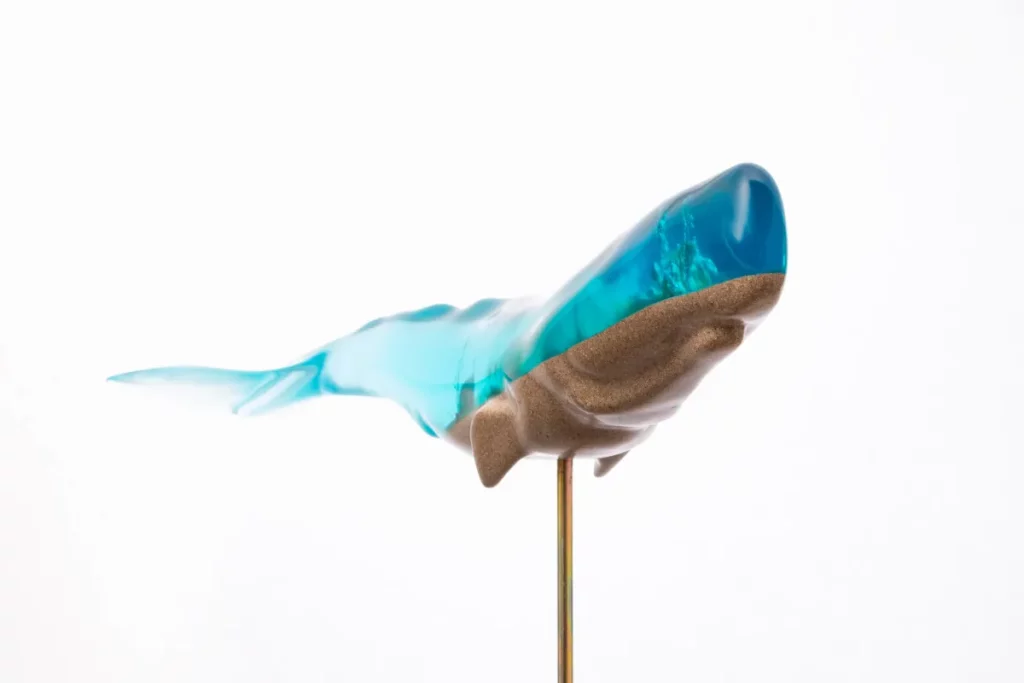
Return to Port Series
Yamada reflected on how he became drawn to the subject of artifact spirits, saying “When I was a child, I had my toys thrown away because I didn’t tidy them up properly. I cried and screamed in protest – I think because I felt so sorry for the toys. From that point on, I started to find personalities in inanimate objects.”
Many of the objects that are given ‘souls’ by Yamada have passed through human hands and have been broken or discarded. In the ‘Drifting Series’, which uses miscellaneous items that have drifted ashore, seagulls are made of plastic bottle lids and other man-made objects.
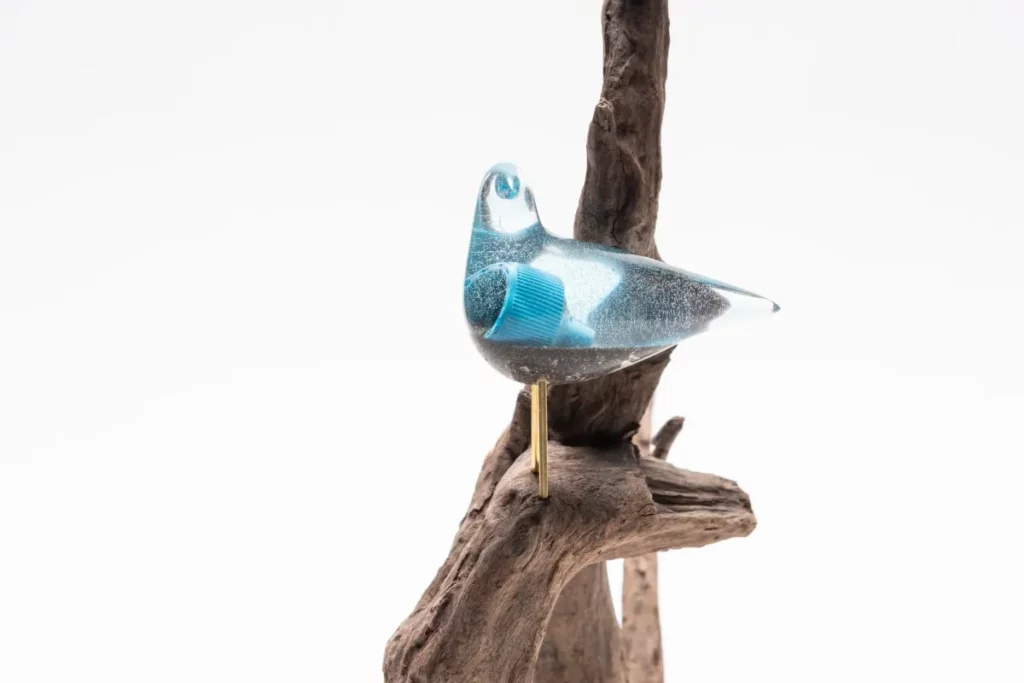
Drifting Series
When I first saw Yamada Isana’s work, I felt sadness and a faint sense of guilt over the fact that humans and our manmade objects are destroying the world’s ecosystems.
Yamada explained, “I don’t try to talk about forces of good and evil in my works. The sole theme of my art is artifact spirits, and I simply try to imply that the tools used by humans have souls. However, how you interpret it depends on how you are feeling about the object in that moment. Art can be just like a mirror into your own soul.”
“The story of the artifact spirit concept itself originated from a superstition that tools have souls and will start to do bad things if used for over 100 years, so we should throw them away periodically. My guess is that this idea was conceived to encourage people to buy new things regularly, since the economy will not expand if people keep using the same things. I, on the contrary, find myself very attached to objects, which is why I make this kind of art. I think it is natural that the same story will be perceived differently by people over time, so of course many will interpret my art in different ways too.”
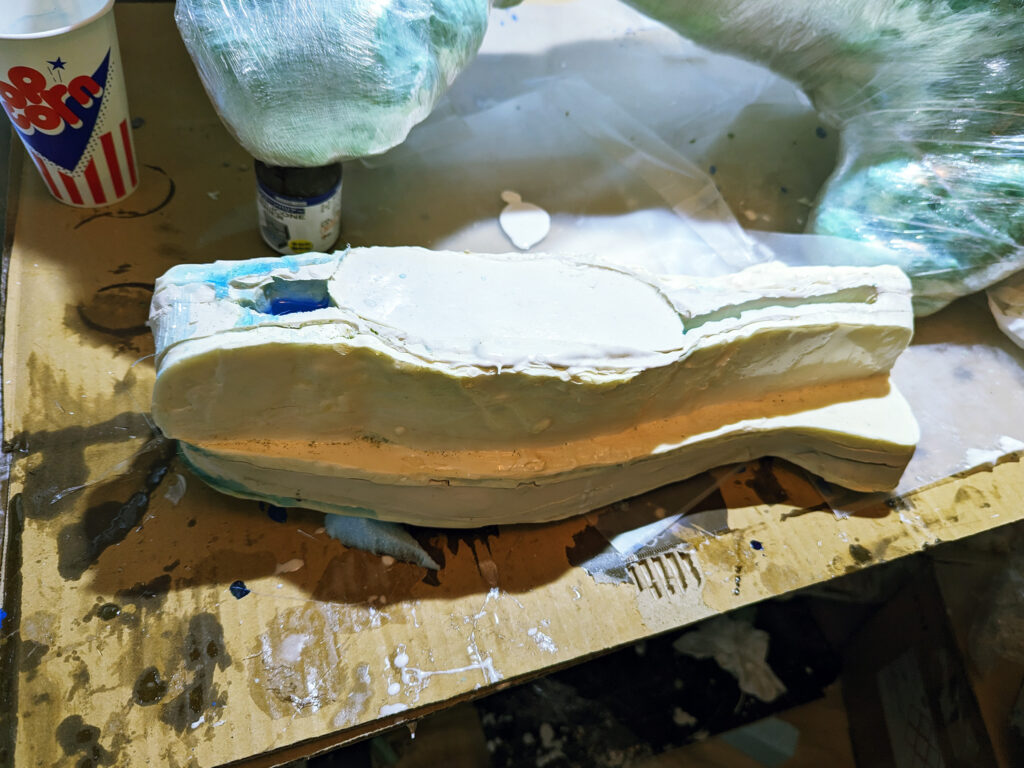


We were shown the process of removing the ‘Return to Port Series’ from the mold. The molds, made of silicon and resin, take several months to make.
Return from the Marshall Islands
“Have you ever heard of the battleship Nagato?”, Yamada asked.
He pointed to a sculpture of a humpback whale, measuring about 40cm long and colored as blue as the sea itself. Looking closely, I noticed a ship submerged inside the belly of the creature.
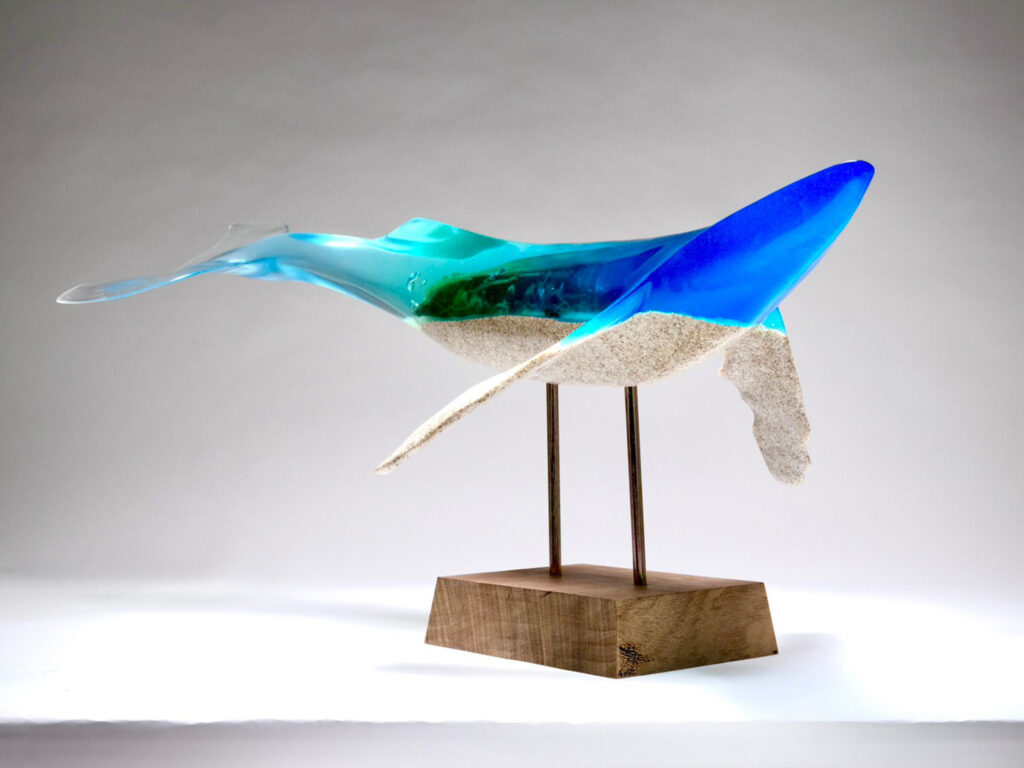

Title: Return to Port [Humpback Whale]
Photo: Yoshiaki Oshiro
Nagato was a Japanese battleship that met its fate in the Marshall Islands. It was once renowned as the largest battleship in the world when it was constructed in 1920. After the end of World War II, it was seized by the U.S. military and sunk during a nuclear test at Bikini Atoll in 1946. It still lies at the bottom of the sea today.
“The model ship was created using photographic data of the actual sunken Nagato. The sand inside is also taken directly from sand from the Marshall Islands,” Yamada remarked.
He managed to obtain the sand through an exclusive route – usually removing sand from the islands would be forbidden.
The price for the regular ‘Return to Port Series’ works, which are made from the same prototype, is 1.8 million yen (as of August 2023), while the Marshall Islands version, ‘Return to Port [Humpback Whale]’, costs 7.2 million yen.
“Actually, there is a reason why it is 7.2 million. During the US nuclear tests at Bikini Atoll, there was an incident in which a Japanese fleet of vessels fishing outside of the danger zone were exposed to radiation. Among them, the Daigo Fukuryu Maru stood out because of the death. The U.S. military denied that their practices were the direct cause of the death, but because of the public uproar in Japan, the U.S. paid $2 million to Japan, not as reparations, but as a so-called “goodwill sympathy payment”. Calculated to 1955 terms, it was equivalent to around 7.2 million Japanese yen,” Yamada explained.
Alongside his regular ‘Return to Port Series’, Yamada is planning to create more works like the Marshall Islands project in the future, enhancing his catalogue with complex structure and meaning.
Highlights of the exhibition
In addition to the Marshall Islands-specific ‘Return to Port Series’, the exhibition will feature about 60 – 80 pieces, including a collection of new works.
‘Specimen Box Series’
In this interesting project, objects that have drifted ashore are dyed white and placed in wooden boxes to resemble skeletal specimens. The idea came to Yamada when he was foraging for objects along the shoreline for his ‘Drifting Series’, and he realized it was similar to the act of collecting specimens. Although the objects had previously been used for separate artworks, this series enabled Yamada to combine several objects like a puzzle to create more complex overall meaning. The white paint dissolving into the transparent resin seems to represent the moment when the soul of the object is acquired.

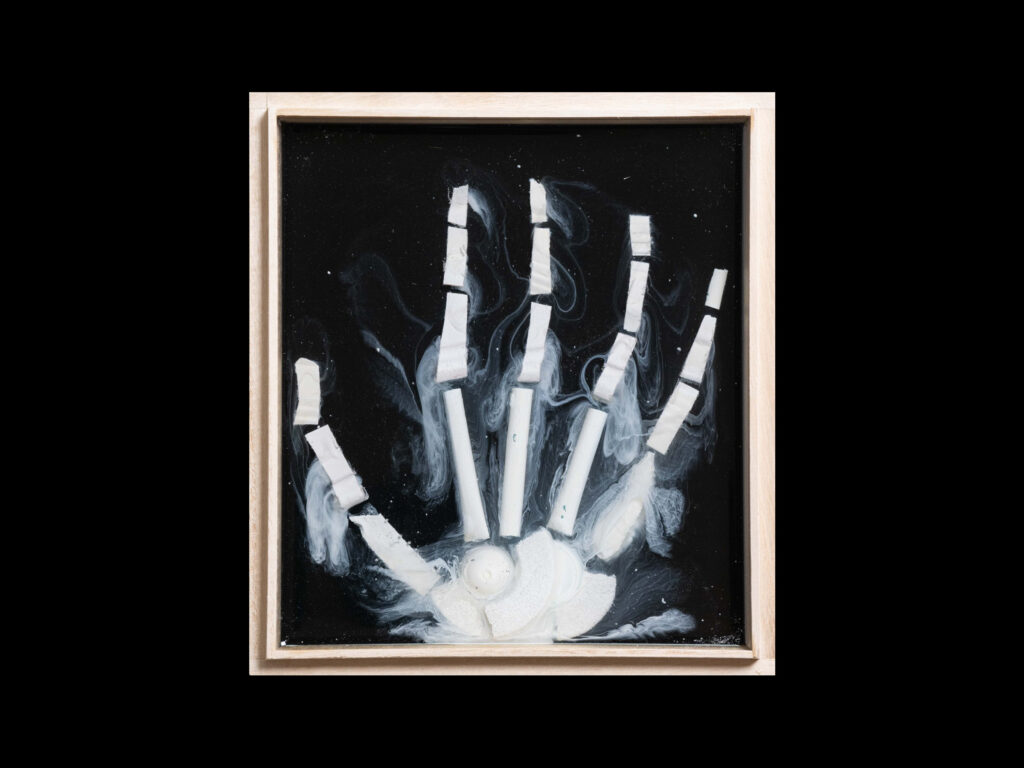
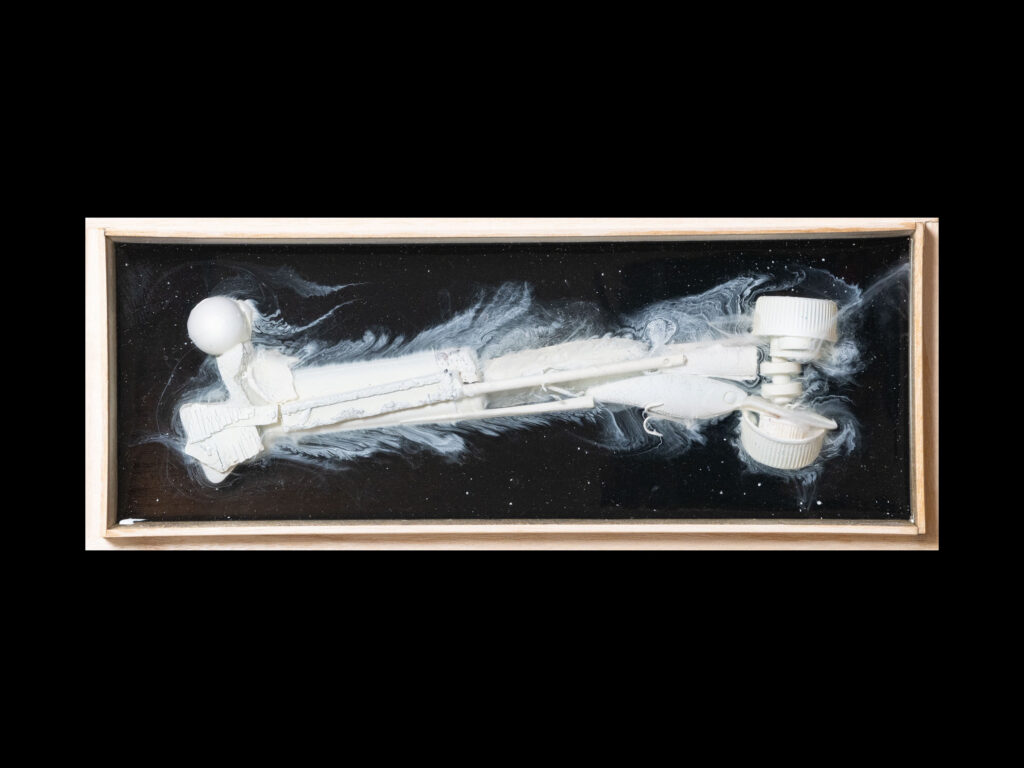
Photo: Yoshiaki Oshiro
‘A Crow Building a Nest’
This piece shows a crow building a nest out of cigarette butts. In Yamada’s world, artifact spirits inhabit the cigarette butts discarded by smokers who were forced to leave their habitats to smoke on secluded street corners. The monotone color scheme is reminiscent of asphalt.
Other works on display will include the ‘Survive Series’, which blends a Mosasaurus with a Super Nintendo console, and the ‘Memory Series’, which traps a landscape inside a wine glass.
A selection of works will also be available for purchase.
This is an exhibition that offers an interesting window into Yamada’s unique point of view. We hope you will find your own interpretation by viewing the works.
Yamada Isana: Tsukumogami Revived in Modern Times Dates: August 16 - 22, 2023 Venue: Isetan Shinjuku Main Building 6F Gallery Official website: https://yamadaisana.com/

